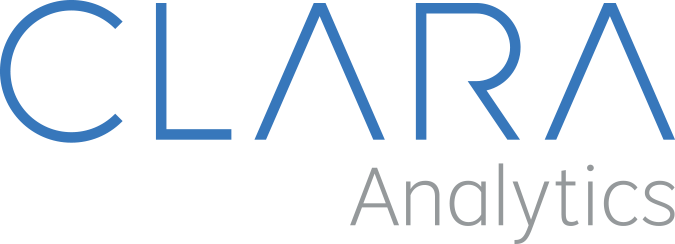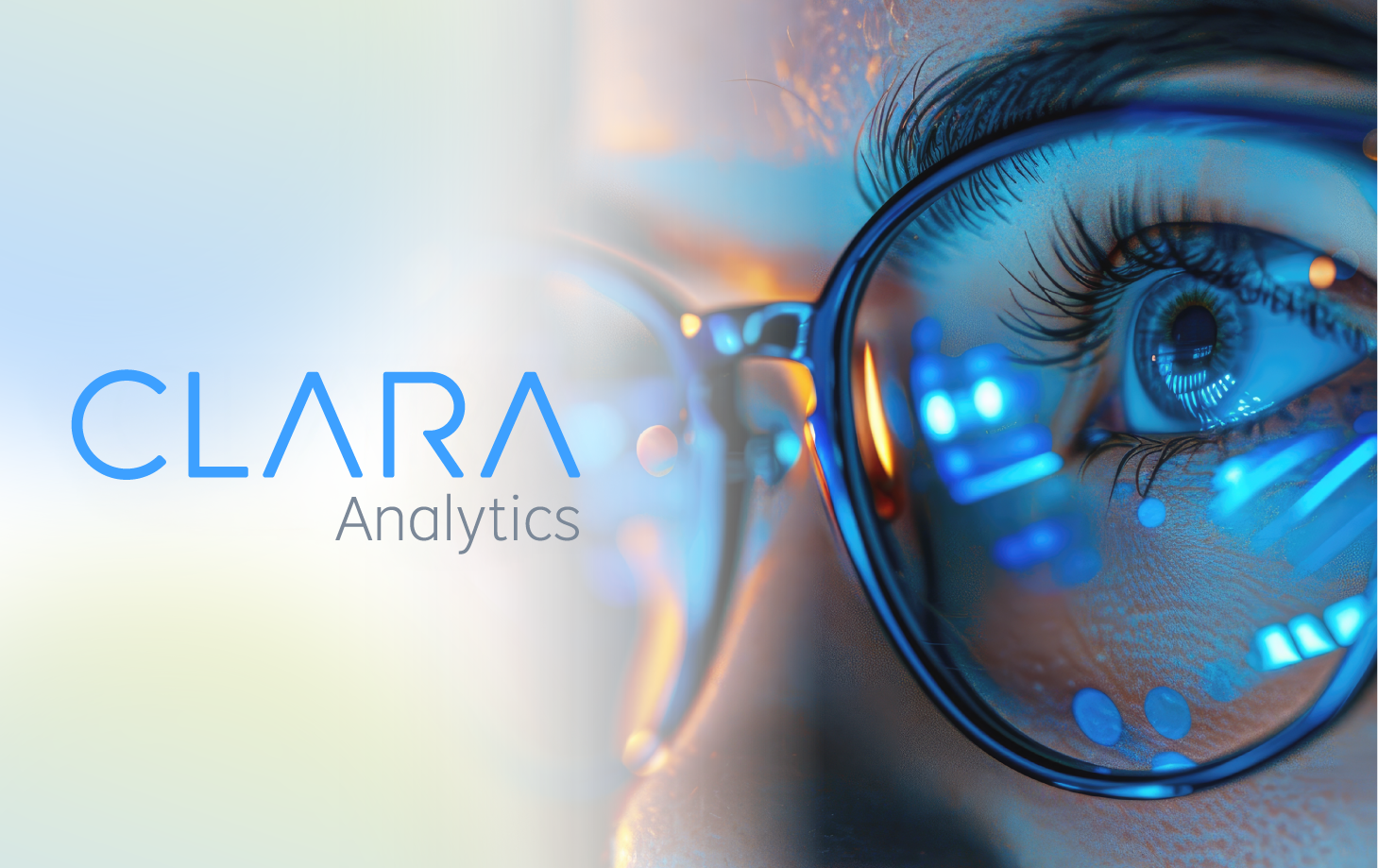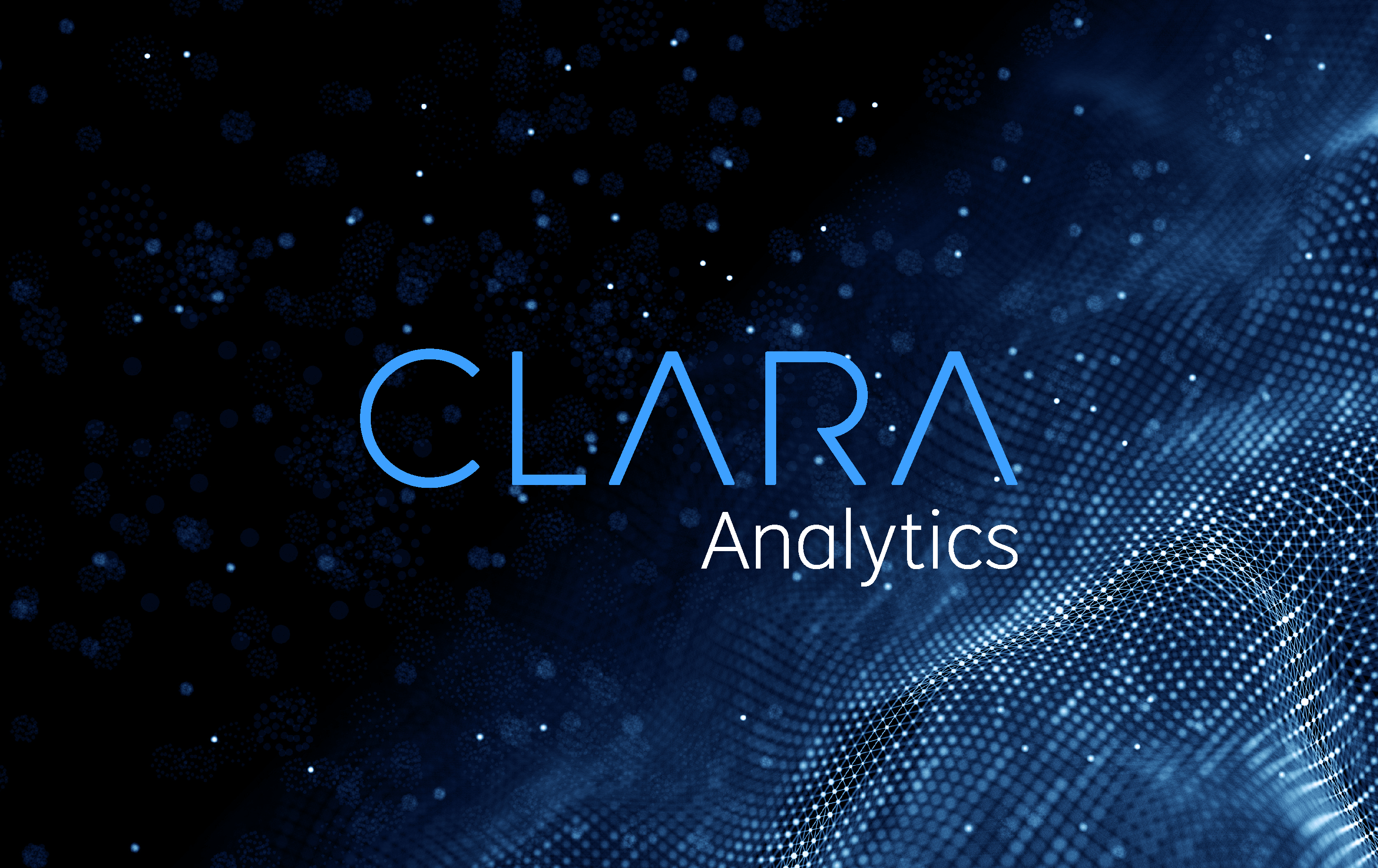What’s Wrong With Commercial Auto and How Do We Fix It?
Commercial auto is one of the biggest, most problematic cost centers in the insurance industry. Its loss ratios are incredibly high — and growing — particularly in comparison with other P&C lines. This makes it hard for carriers to make money on the line, and they frequently incur fairly substantial losses.
With fewer claims than most other lines, why is commercial auto such a problem? Claims are much larger; carriers may be looking at paying out $200,000 vs. $20,000 on different types. Let’s examine the issues and see how we can turn commercial auto into a revenue generator instead of a black hole.
Commercial Auto by the Numbers
According to the National Association of Insurance Commissioners, commercial auto represents $39 billion in earned premiums. Yet, it pays out approximately $28 billion in losses, which excludes all of the internal administrative costs. Some folks in the industry thought that losses might go down this year due to fewer cars on the road, given COVID-19, but this has not been the case. One large carrier recently shared with me the example that they’ve seen a similar level of claims (both in terms of frequency and severity) because many commercial trucking organizations are working nonstop to keep the supply chain going. So, if even a pandemic won’t lower the loss ratio, are we doomed? Let’s break this down a bit further.
Of the $28 billion in losses, roughly 60% went to medical costs associated with bodily injury. There is not much that can be done here from a carrier standpoint, short of offering slightly lower premiums for companies that incorporate the strictest safety standards and tools like electronic logging devices. Even this can be a double-edged sword given that the more advanced vehicles tend to be more expensive to fix in the event of an accident. While these measures can sometimes minimize the severity of injury, accidents still happen.
Carriers have seen an uptick in accident rates involving bodily injury or death over the past 10 years, in part because more commercial vehicles are on the road traveling more miles each year. Then there is the role of drivers themselves. The trucking industry has a remarkably high turnover rate. For example, in the third quarter of 2019, large truckload carriers’ turnover rate increased to an annualized rate of 96%, according to Trucker.com. As companies basically overhaul their entire workforce each year, many don’t invest the time, money or resources into in-depth training programs, leading to less experienced, more accident-prone commercial drivers on the road.
Driver issues withstanding, this still leaves $11.6 billion in losses. Where does it go? Very simple: Legal costs account for 40% of losses; the system is clearly broken.
Losing Battle
Litigation tends to happen when claims are not resolved quickly or when they are perceived as unfair. While this is perhaps understandable, in practice, it is not so innocent. A growing body of attorneys are ready to sign on to “help” plaintiffs, initiating cases that should never be filed, and they have become quite proficient at securing huge settlements.
The lawyers who specialize in auto claims know exactly what to look for and can be quite convincing in wooing potential clients and later in threatening the carriers with whom they are attempting to negotiate. For example, they might spot something not related to the specific incident but that could be tied to the company. A savvy attorney would tack on additional charges, such as negligence, on top of bodily injury, pain and suffering. Tactics like these drive settlements higher. Complicating matters further, states have very different statutes on bad faith suits filed by attorneys. Some states are more prone to settling cases early, and as a result, lawyers in these areas increase the number of suits they file — which increases the cost for carriers.
One thing that many insurance firms and self-insured enterprises are also just realizing is that plaintiff attorneys are rapidly becoming data-aware and using that awareness in a highly sophisticated and strategic way. Once upon a time, plaintiff attorneys were good at qualifying clients that they had a high degree of confidence could return them a large settlement. While that’s still the case, in the last half decade or so, even moderately sophisticated plaintiff firms have compiled significant datasets on enterprises and insurance companies, in many cases down to the general actions taken at an adjuster level. They then use this data to plan their litigation strategies, select the most effective partner, and manage each step of the process in an intelligent way. The end result is that carriers and self-insured enterprises who do not have similar data-savvy practices are essentially being bled dry because they have nothing to counter this advantage.
Simultaneously, these attorneys are more than willing to try their hand in court, and juries can be quite sympathetic to plaintiffs they feel were wronged by a big company. As a result, there has been a certain degree of social inflation, as jury awards can rise astronomically if for no other reason than a desire to help the little guy fight back against the “evil” corporation — and winning verdicts keep going up. According to Shaub, Ahmuty, Citrin & Spratt, the median of the top 50 single-plaintiff bodily injury verdicts in the United States nearly doubled from 2014 to 2018 (moving from $27.7 million to $54.3 million).
As it stands today, there is tremendous variability in jury awards, just as there is with out-of-court settlements. Looking across claims, there might be very little difference in the facts of the case, yet one plaintiff walks away with millions while another receives a much smaller verdict. Carriers are often unwilling to risk the chance of coming out on the wrong side, hence agreeing to a settlement that may be uncalled for.
It is clear that litigation is the most significant hurdle to better loss ratios across the commercial auto line. If we can reduce, standardize or eliminate costs associated with litigation, the industry would be in a much better position.
A Process Evolved
New technologies, artificial intelligence (AI) and machine learning, in particular, can help. For example, you may want to know the likelihood of attorney involvement based on several claim factors, or you want to know which attorney is involved and what kind of settlements he or she negotiates for similar claims. But most importantly, you want to know what actions to take to prevent attorney involvement. AI and machine learning applications are emerging that can identify claims early in their life cycle that need the most attention.
Imagine how powerful it would be if you had an application that inherently understood the intricacies of commercial claims — one that would warn you of claims that were in danger of slipping to an attorney. New solutions are hitting the market that leverage capabilities like natural language processing and deep learning techniques to analyze hundreds of data points hidden within claims. They now can tap into structured data as well as the really interesting unstructured data, like notes or police reports, as well as decoding the sentiment of claimants. This collection of data provides pretty telling clues as to how a claim might progress.
Based on this information, an adjuster could get an alert about aspects of the claim that are troublesome, access to detailed attorney scores and ratings in case the claim escalates, and if need be, the optimal time to settle for a favorable outcome. With this information, the adjuster could take immediate action to head off the problem.
As applications get smarter, they will be able to determine what a claim settlement should look like and why with a much higher degree of certainty based on similar claims. This can be instrumental in the adjuster’s or defense counsel’s ability to negotiate with the claimant’s counsel. Armed with this kind of hard data, the organization could walk into settlement negotiations in a much stronger position and begin to counter the formattable data advantages that plaintiff attorneys have been amassing.
AI and machine learning systems also help organizations close claims faster, and in doing so, it will relieve some of claims management teams’ administrative burdens. Additionally, by closing claims quickly and fairly, claimants receive settlements faster, return to their everyday lives sooner, and thus generally wind up in a better financial position without ever involving an attorney.
Considering the high loss ratios of commercial auto insurance today and the propensity for them to increase further in the future, emergent AI-based applications are our best hope for improving profit margins and repairing the commercial auto line.
About Gary Hagmueller
Gary Hagmueller is the chief executive officer of Clara Analytics, a data analytics firm based in Santa Clara, Calif.
As first published in Claims Journal.




